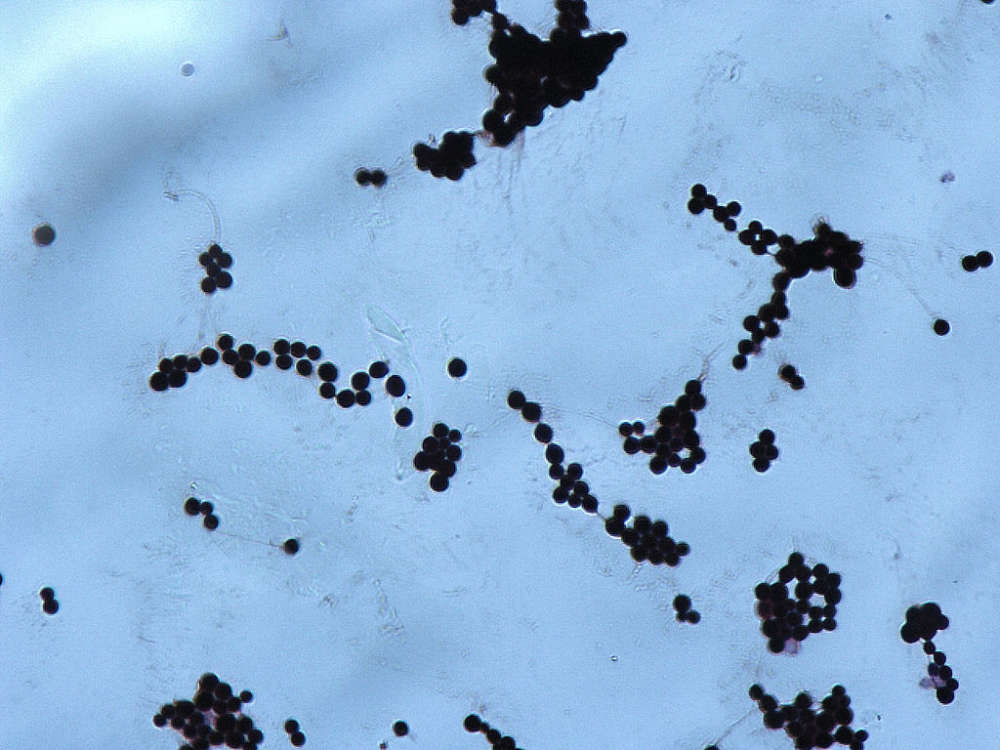“Life, uh, finds a way!“
Yep, even on the walls of a Chernobyl reactor still beaming with radiation.

There is scarcely a place on Earth where life hasn’t, somehow, managed to survive and even thrive. And that also applies to Chernobyl’s reactor, where scientists have recently discovered up to 200 species of 98 kinds of fungi, living in the extremely radioactive environment that emerged out of the infamous Chernobyl nuclear disaster in 1986.
The radiation-munching fungi
These fungi manage to grin and bear the high levels of radiation. And even more incredible, some of them actually feed on the radiation itself.
Those “’black fungi” – also known as radiotrophic fungi – are protected by melanin which allows them to convert gamma radiation into chemical energy for growth and help shield themselves from the harmful radiation. Melanin is the same pigment in human skin that helps protect from ultraviolet radiation.
Already old research papers were already speaking about the surprising contamination with melanotic organisms – with black pigmentation – of many commercial nuclear reactors.

Radioactivity and fungi
Radiation-munching fungi at Chernobyl are able to withstand ionizing radiation approximately 500 times higher than background levels.
They appear to grow faster in the radiation’s presence.
The fungi point their spores and hyphae towards the source of radiation as if reaching out for food.
Black fungi are quite the travelers too. Eight species of fungi gathered from Chernobyl have been sent to the International Space Station (ISS) to understand how they are able to tolerate such incredible levels of radiation and with the long-lasting goal of using them as a food source for astronauts during long space flights or when we colonize other planets.
Fast adaptation to high radiation level
“Following the accident, fungi were the first organisms to pop up and scientists wanted to understand how they can thrive in such an environment,” said a researcher at NASA’s Jet Propulsion Laboratory. And continues:
“The fungi collected at the accident site had more melanin than the fungi collected from outside the exclusion zone. This means the fungi have adapted to the radiation activity, and as many as 20 percent were found to be radiotrophic – meaning they grew towards the radiation; they loved it.” Similar radiation news on Strange Sounds or Steve Quayle













Put mushrooms down the chimneys.